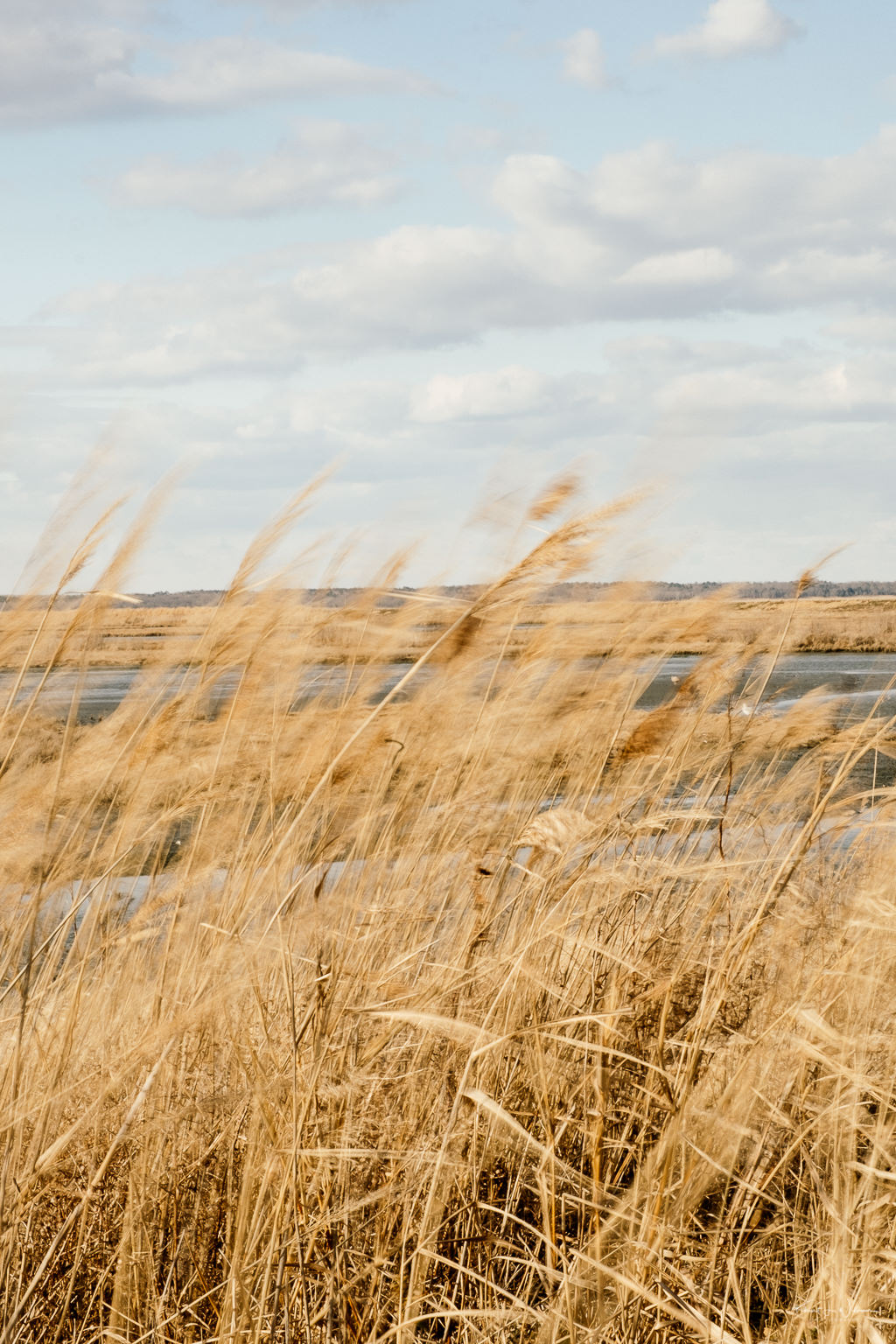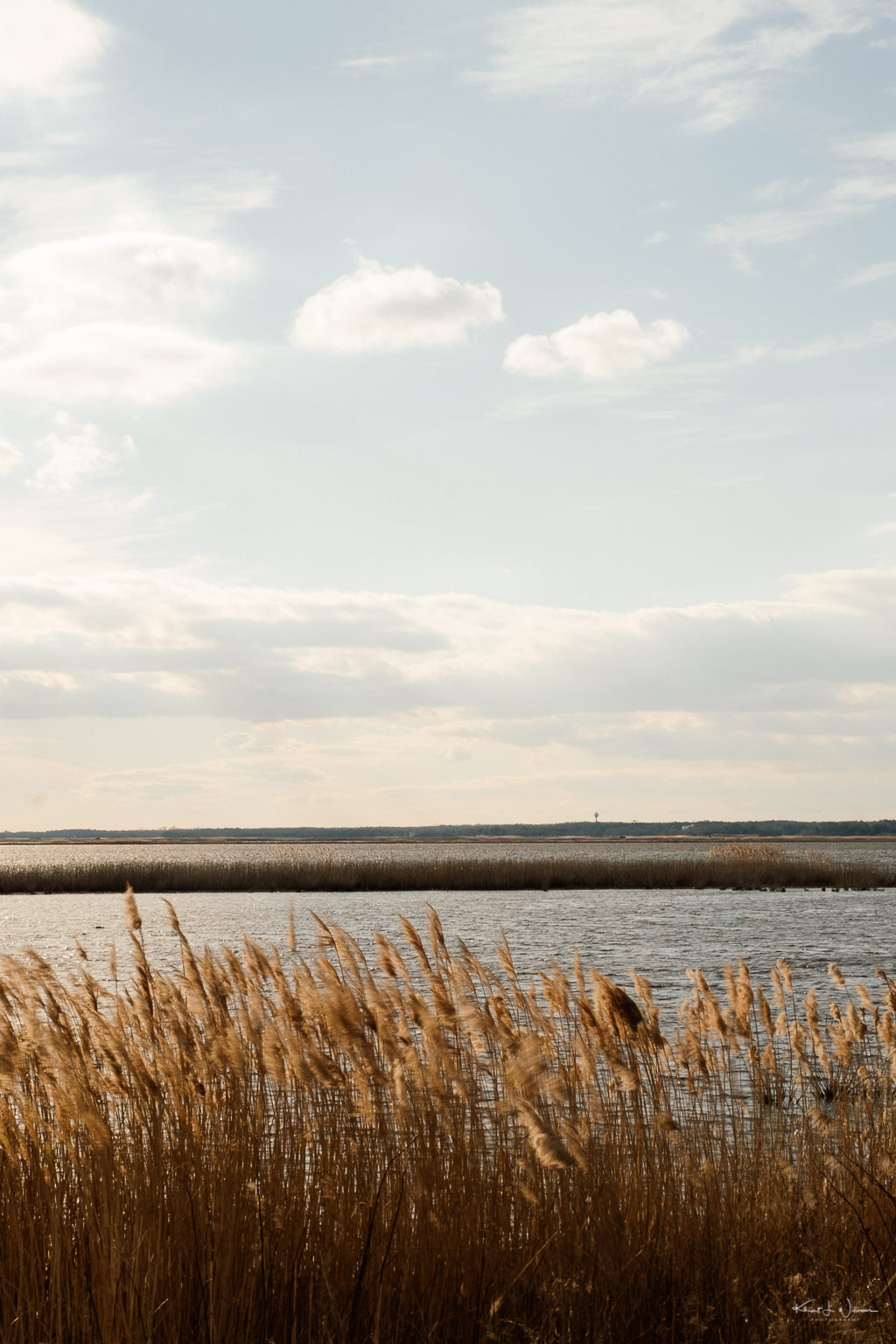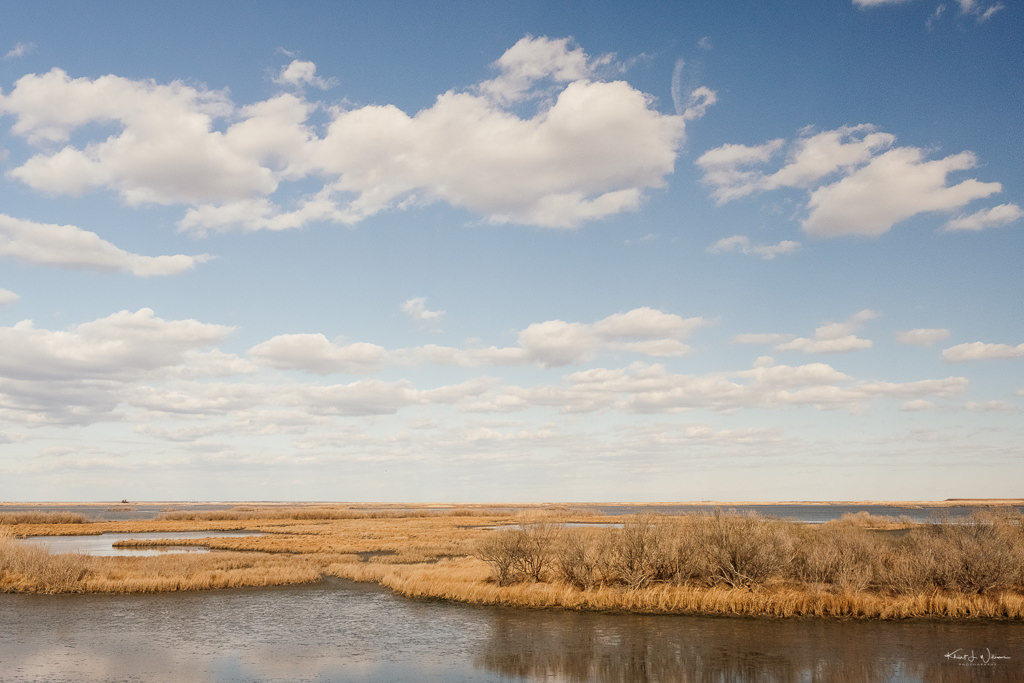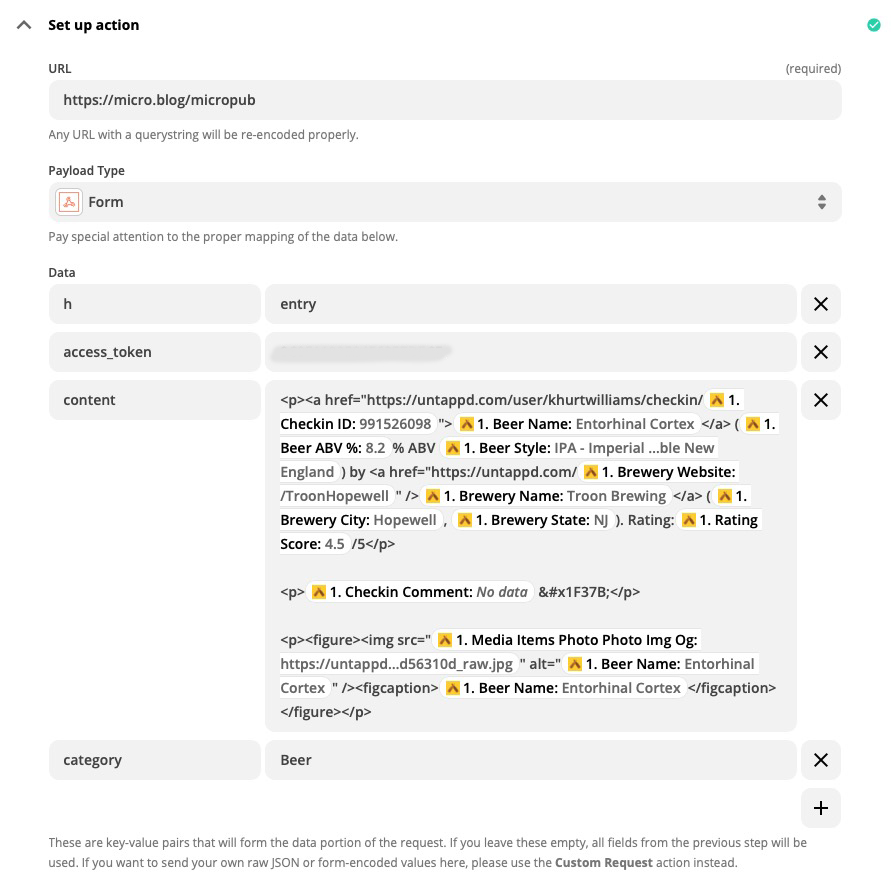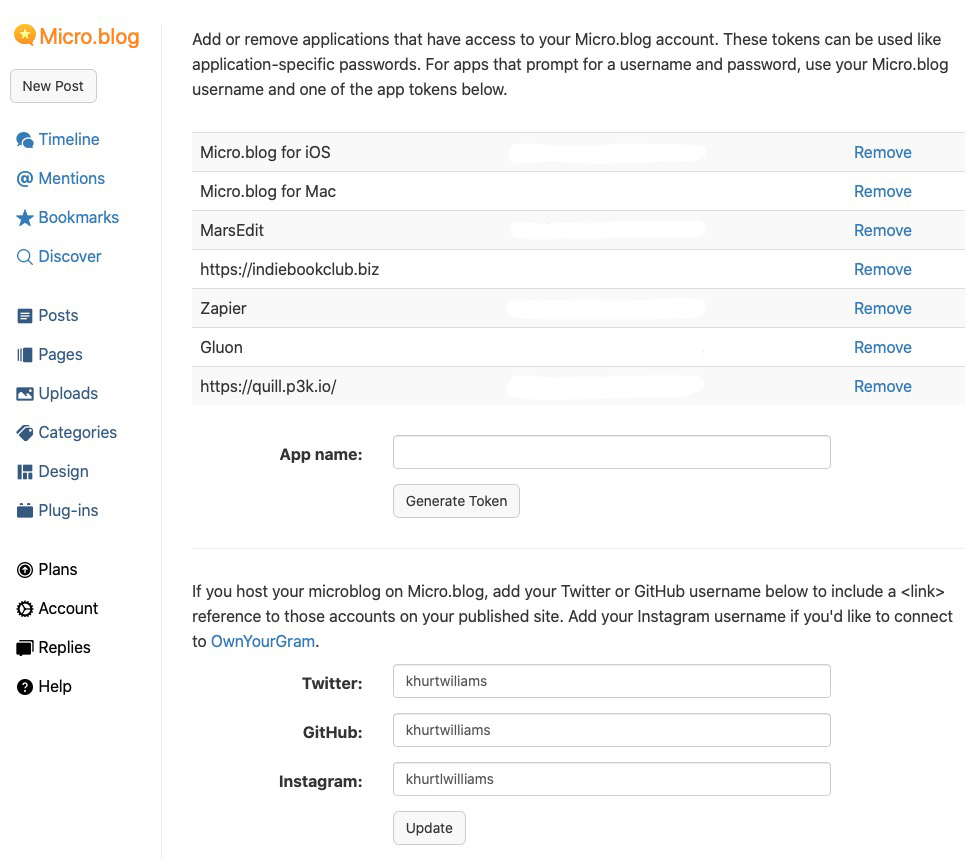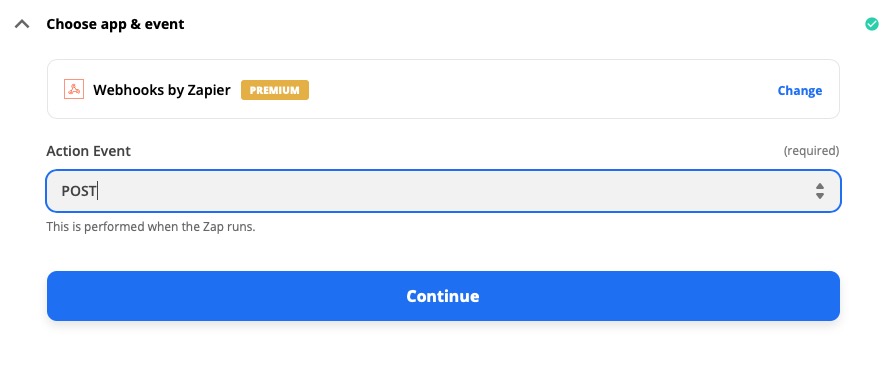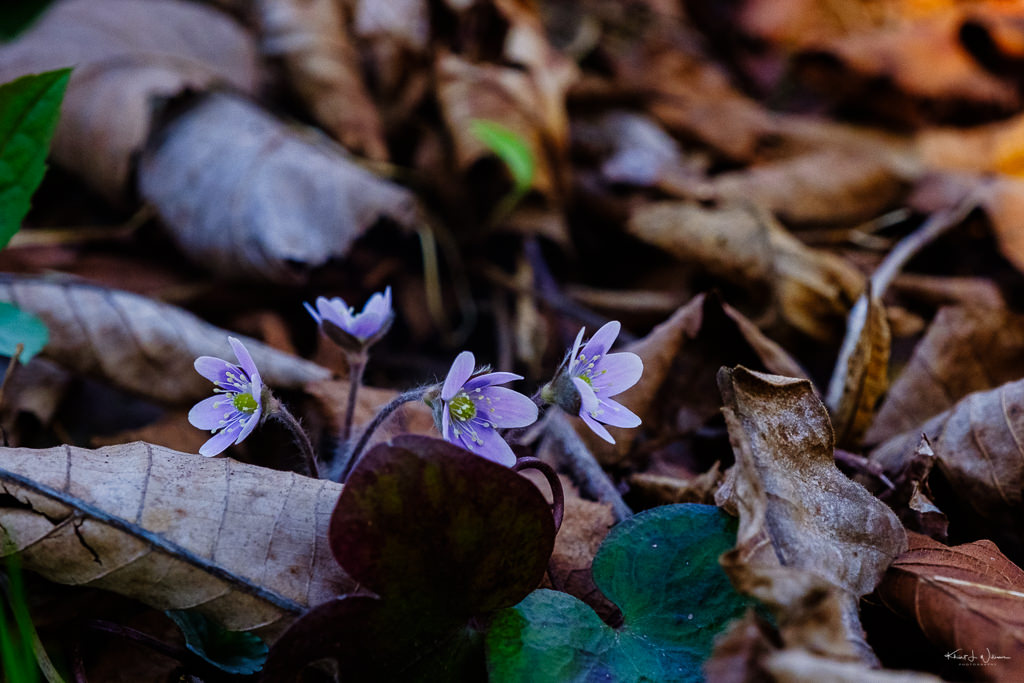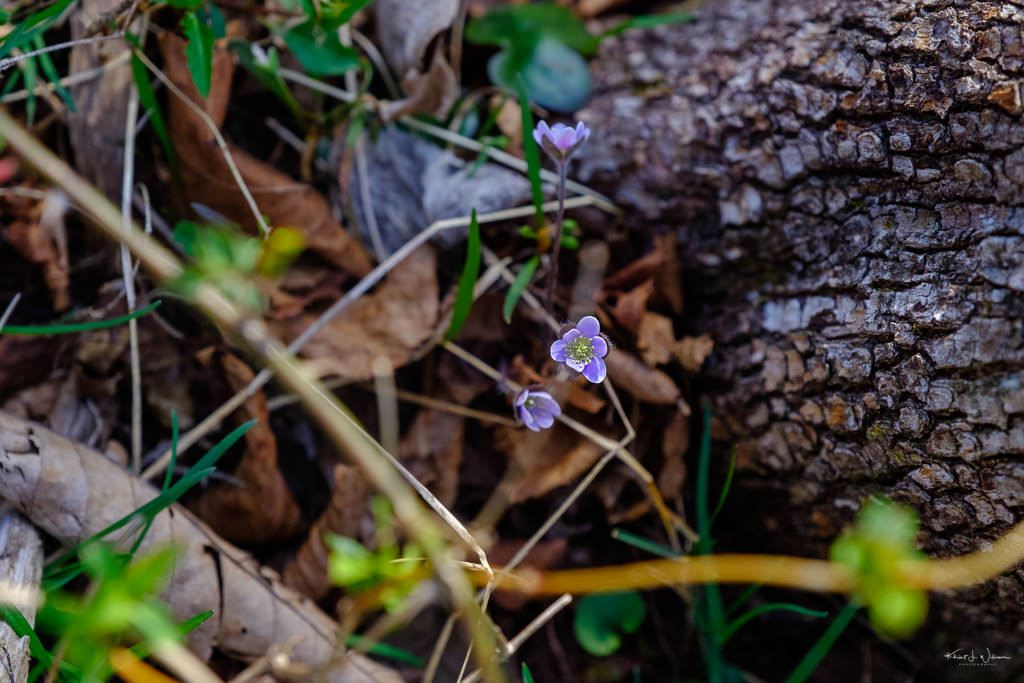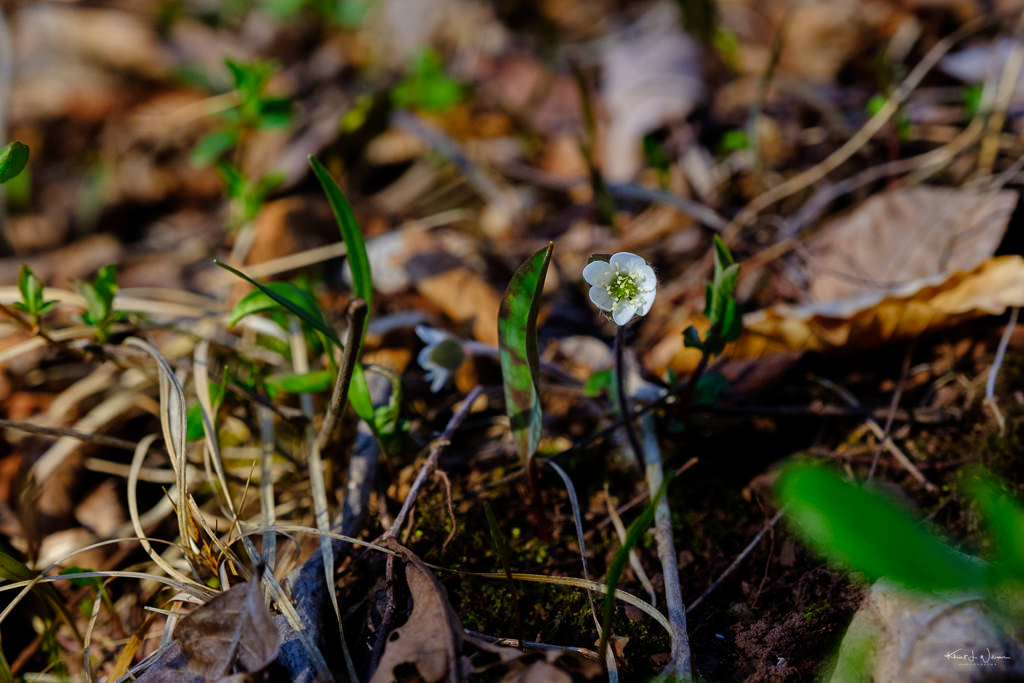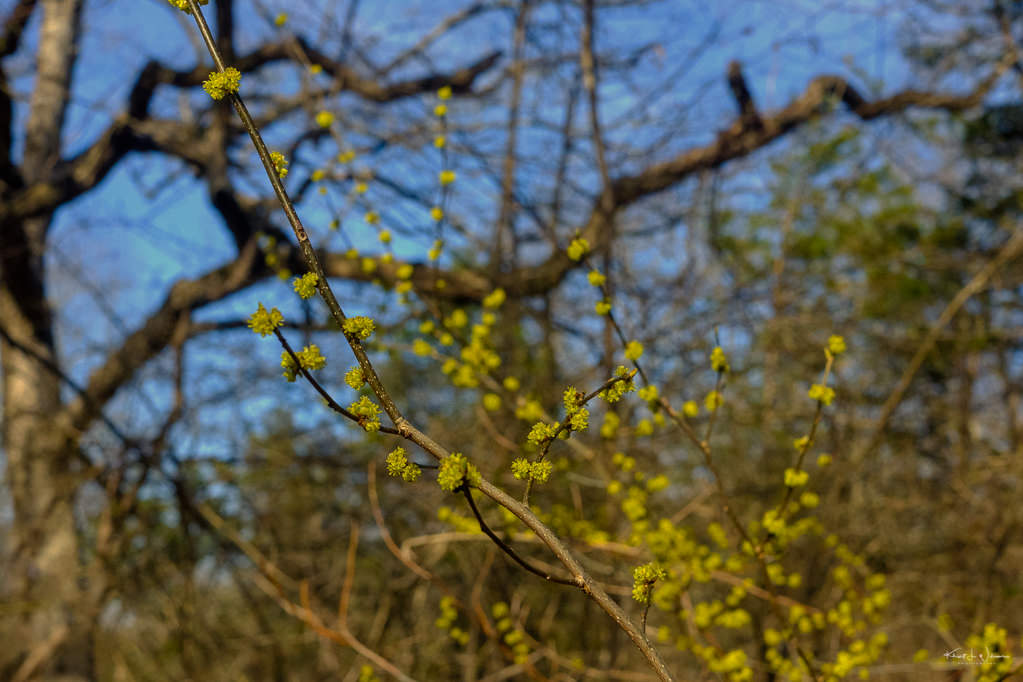NOTE: I started writing this post in January 2021, abandoned it only and completed it today.
I moved the blinds aside and peeked out the window. I wanted to do this, but the air looked cold and windy. I enjoyed this off my to-do list, and I needed a sense of accomplishment.
I dressed rapidly in the dim light and said a quiet good morning to Sir Alphonso Mango. The younger cat always waited eagerly for me at the bedroom door. Alphie was still hungry. He ran past me as I walked downstairs to make coffee.
I had packed my gear into sling bags the night before but then unpacked them to use my Fuji X-T2. My camera gear was in a messy pile on the floor. I would bring one digital and two analogue cameras on this trip and four lenses. My digital kit included the Fuji X-T2, XF16-55mmF2.8 R LM WR, and the XF27mmF2.8. My analogue gear was the Minolta XG-1 with MD Rokkor-X 45mm F2 and Pentax P3n with SMC Pentax-A 55mm F2. I also packed extra batteries for the Fuji, my diabetes kit, and some snacks.
The kettle was boiling, and Alphie had eaten his breakfast. The coffee bean grinder made an awful racket. Alphie didn’t like the noise, so he rapidly left the room. I inhaled the sweet odour from the coffee grinds and began my coffee-making ritual. I had a leisurely breakfast of avocado on toast, then put my photography gear into the car.
I’ve been remiss in starting my Honda Accord once a week to keep the battery fresh. More than once, I’ve turned the key only to be disappointed with the silence from the engine. But not this morning. Maps provided directions while U2’s Joshua Tree album flowed through the car audio. I was on my way.
Driving to the Edinw B. Forsythe National Wildlife Refuge starting around 10 AM, I met with very little traffic, perhaps made even less than typical because of the pandemic shelter-in-place rules. The federal government built the I-195 highway to connect the northern section of the Jersey Shore with Trenton. There are exits near Jackson for the Six Flags Great Adventure amusement park and Jackson Premium Outlets, but most of this road is non-descript. My exit point was at New Canton, an unincorporated community located along the borders between Robbinsville Township in Mercer County and Upper Freehold Township in Monmouth County.
As I made the turn onto Sharon Station Road (aka County Route 539) and began the longest section of the trip, I looked up at the mostly cloudy skies, and I wondered whether it would blight the day’s field trip. County Route 539 (CR 539) extends 87.42 km from Main Street (aka U.S. Route 9) in Tuckerton to CR 535 in Cranbury Township. This portion of my drive took me through decreasing residential development and into the densely forested Pine Barrens before an interchange with the Garden State Parkway. This was the most boring part of the drive. The cellular reception was terrible on this narrow one-lane county roads lined on either side with "sugar sand" and with nothing to see except the tunnel of pine trees. I was happy when I saw the exit for the Garden State Parkway.
This section of the GSP is more scenic than most, passing through wetlands and tributaries of the Mullica River. I took the exit for New York Road, an extension of Route 9, passing through two towns, Smithville and Oceanville, with uninspiring names, before turning off onto Lilly Lake Road, par of the long entrance to the refuge.
The air is dry and chilly when I arrive at the Admin Building And Visitor Contact Station and remains that way during the trip. The gusty winds are forceful, pointing to some tricky conditions for photography over the next few hours.
Only two areas of New Jersey classify as wilderness, Edwin B. Forsythe National Wildlife Refuge and Great Swamp National Wildlife Refuge. The Brigantine National Wildlife Refuge was established in 1939, and Barnegat National Wildlife Refuge was established in 1967. In 1984 the U.S. Fish and Wildlife Service combined both to create the Edwin B. Forsythe National Wildlife Refuge. Although the refuge consists of more than 39,000 acres, less than 7,000 acres in the southern division in Brigantine qualify as wilderness.
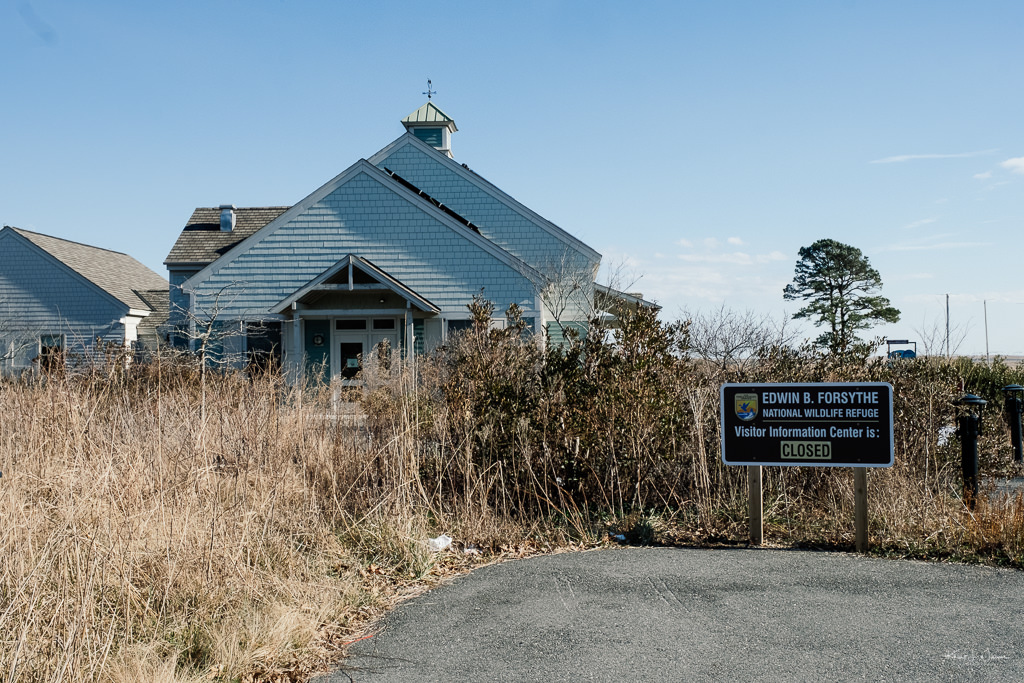
The visitor centre was closed due to the pandemic. I walked around the building, looking for a map of the refuge. Several trails are available, but I chose the woodland trail and started my hike in my haste to make good of my limited time here. The scenery was dull, but I continued the intersection to Great Creek Road. I'm not lost, but I am not where I want to be. Which direction takes me to the wetlands? I stopped a woman walking her dog, and she points east along Great Creek Road. When I got to the end of Great Creek Road, I realised my mistake.
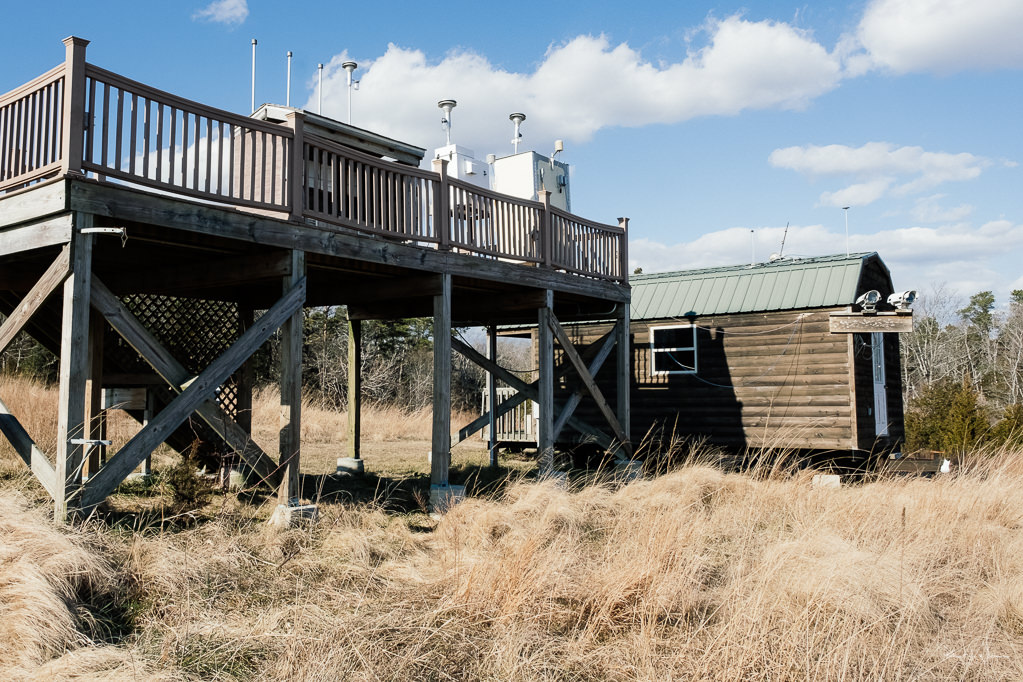
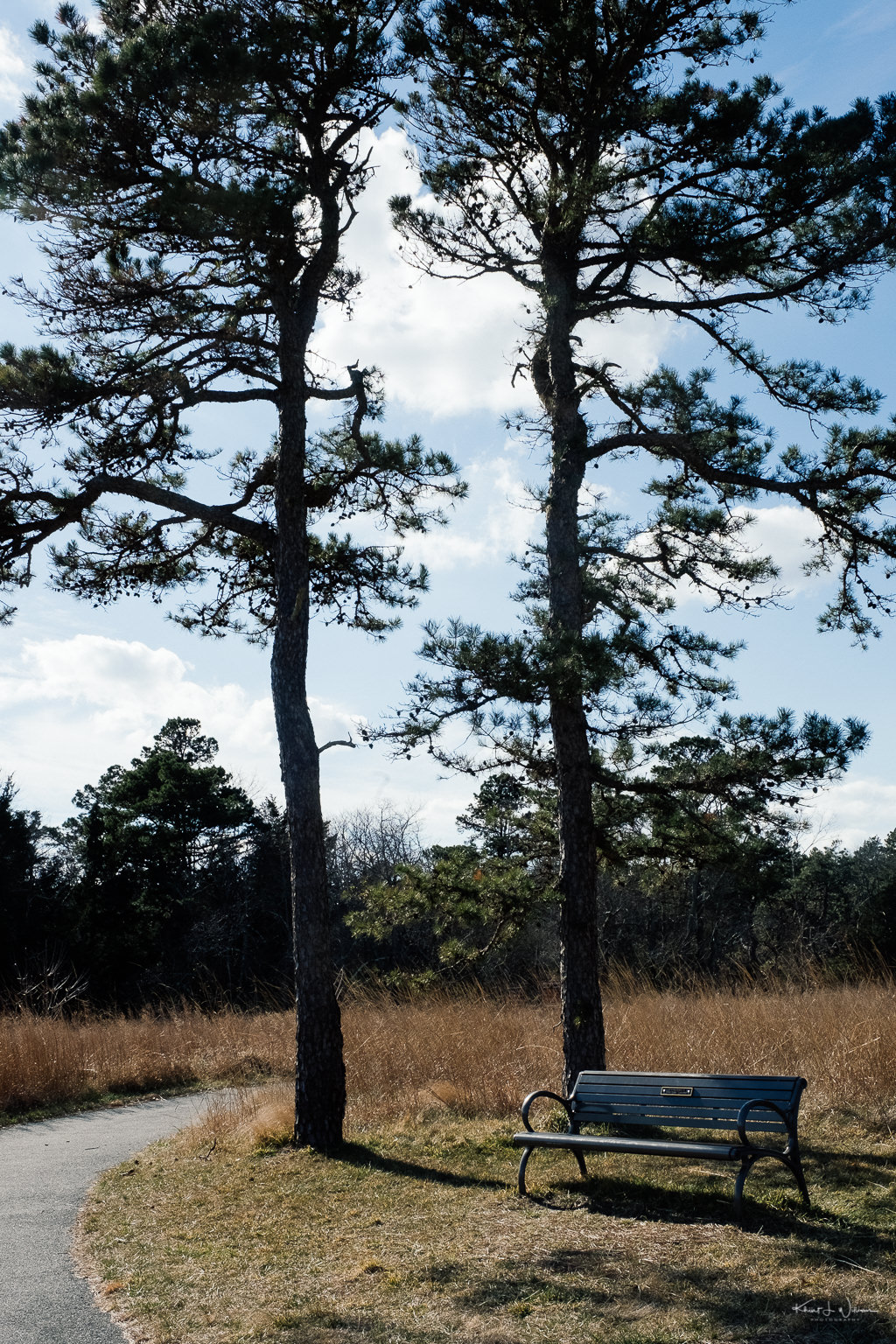
The large trail through the refuge is a one-way loop road, Wildlife Drive, and is best taken by car. I walked along the Gull Pond Road back to my car, hopped in and started driving slowly on Wildlife Drive. But I was immediately distracted by the view of Atlantic City in the distance and pulled over at the entrance to the Leeds EcoTrail.
I set up the tripod on the boardwalk, but the sunlight was coming from the southeast, and with very few clouds in the sky, making exposures was complicated. I captured a few shots and returned to the car.
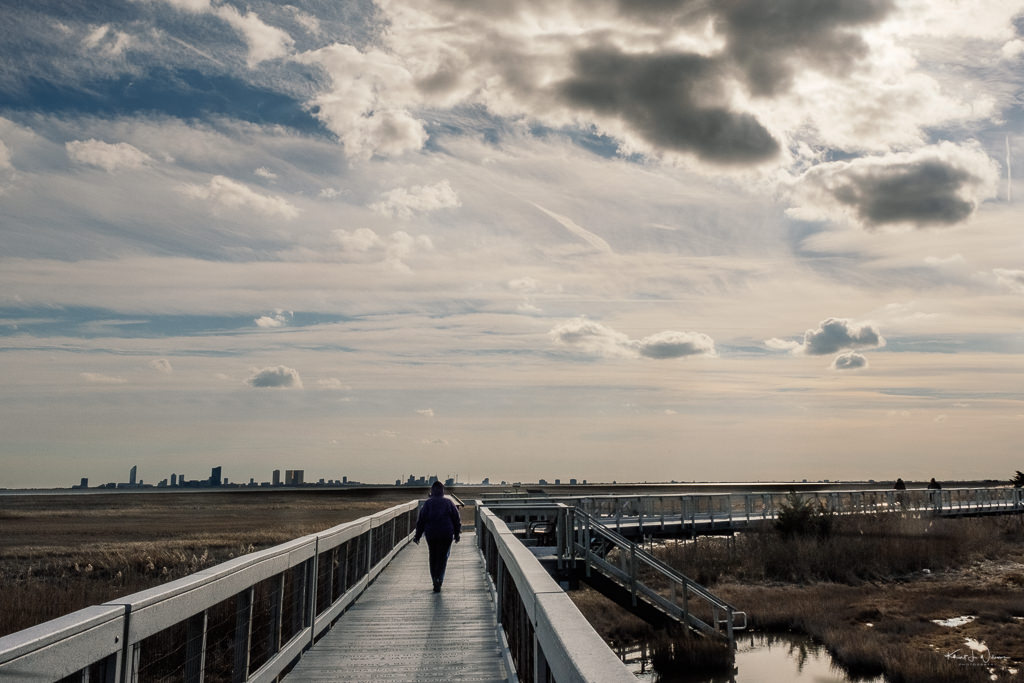
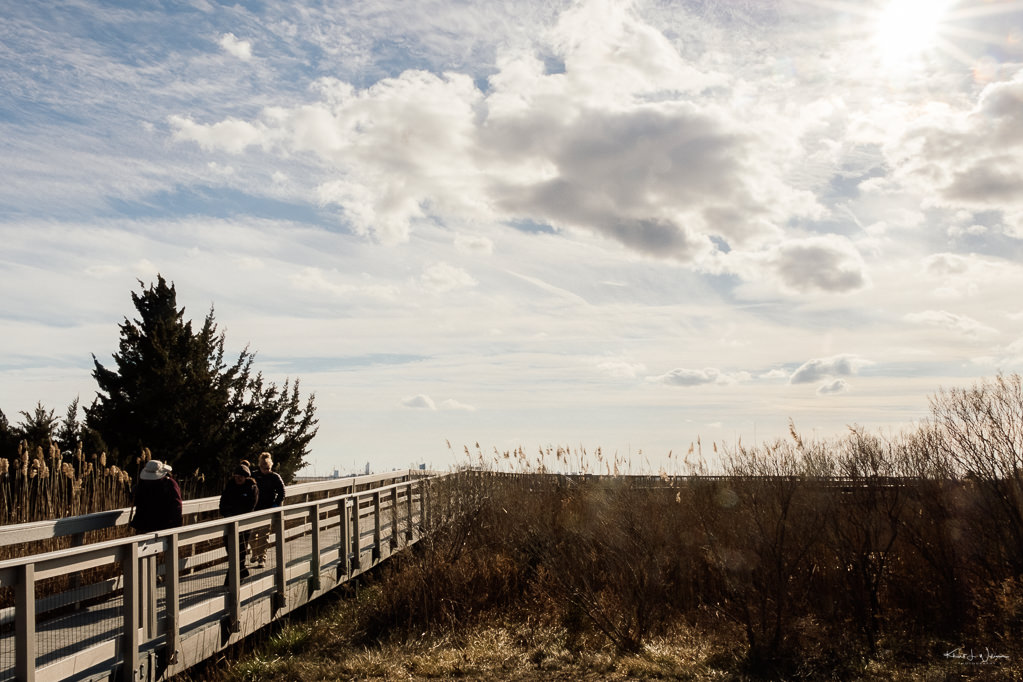
Back in the car, I turned onto Wildlife Drive. The road is unpaved and uneven and very dusty, and the speed limit is 15mph. The road is wide enough for two cars side by side but also has pull-over areas. A motorist can leave their cars but cannot step off the road for fear that one might disturb the animals that live here. I, of course, forgot that rule, but a stern-looking woman in an SUV reminded me as she pointed her binoculars in the direction of a large grouping of American black ducks.
I captured the following photographs on the forty-five-minute drive around the loop road. I was sure I would see more birds, but April to July are probably the best months to visit the refuge, not January and November.
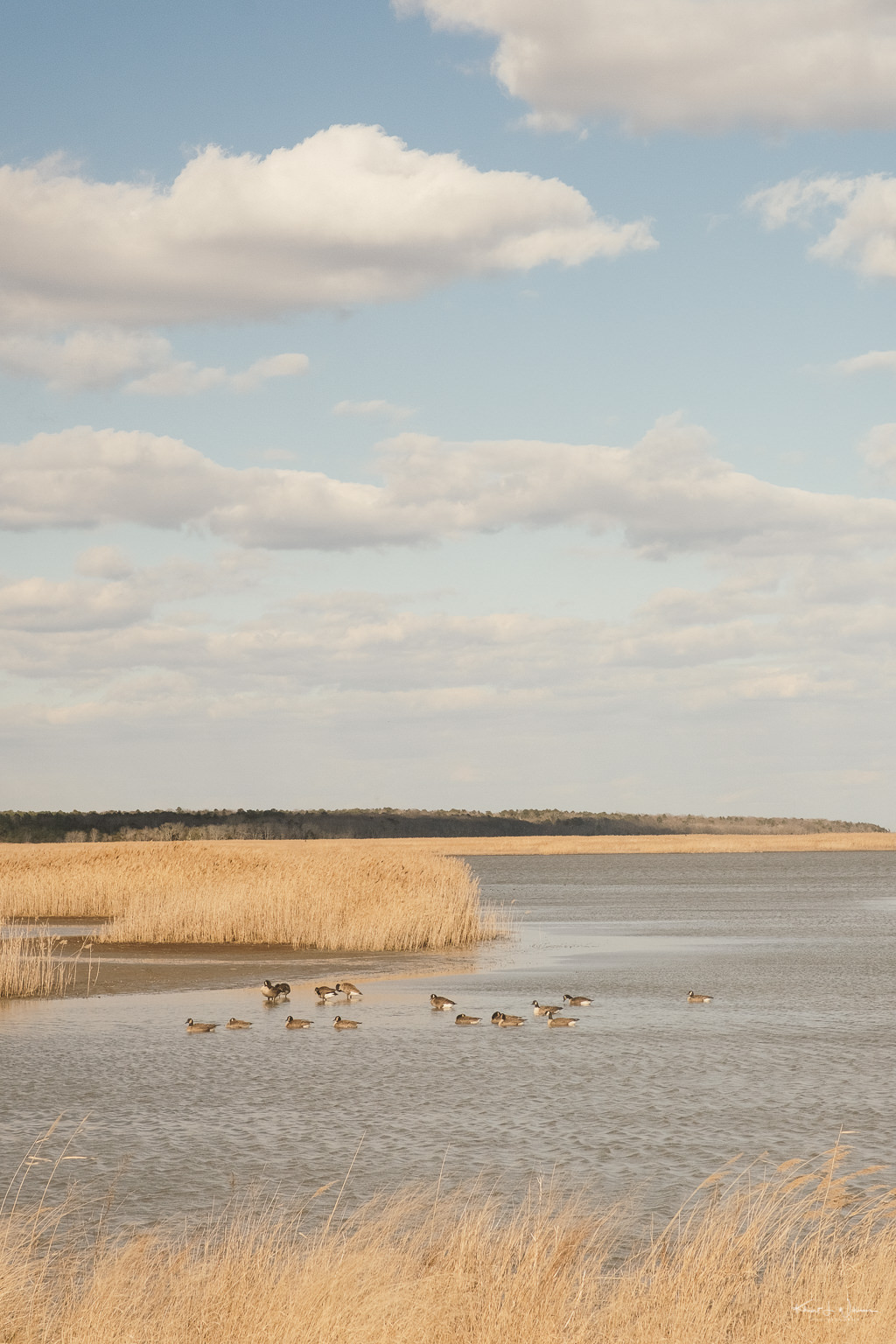
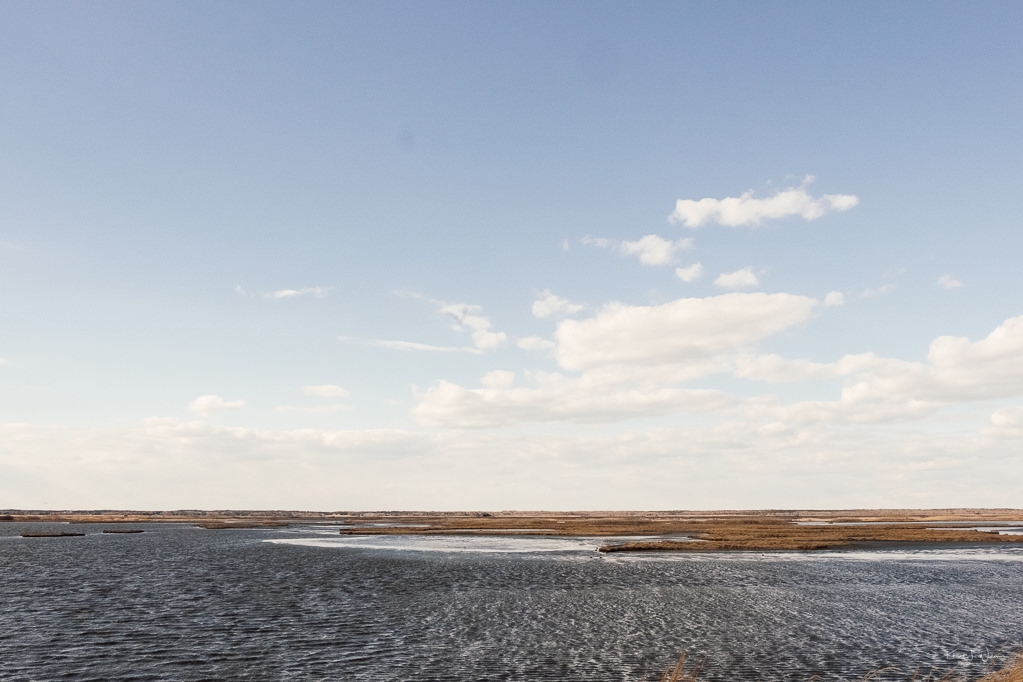
I focused my attention on landscape photography. Setting up the camera on the tripod was tedious. I tend to focus on getting my composition right, and I blocked the road a few times. There seemed to be more cars with birdwatchers and photographers than when I started the drive.
Seventy-eight per cent Of the refuge's 47,000 acres is saltmarsh. Saltmarsh is considered one of the most productive land on earth, twice as productive as even the richest farm fields. This makes salt marshes an essential nursery for young fish and a great buffer to the upland coastline for nor’easters, hurricanes, and strong waves. It is also a nesting habitat for coastal songbirds such as Salt Marsh and Seaside Sparrows and feeding grounds for many ducks, geese, herons, and egrets.
Most of the salt marsh appears to look the same, and that is because only a few plant species, which are specially adapted to tolerate saltwater, are capable of growing here. A mould attacked and killed eelgrass in the 1930s, causing a rapid drop in the brant bird population, but all It seemed like all I could see was grass.
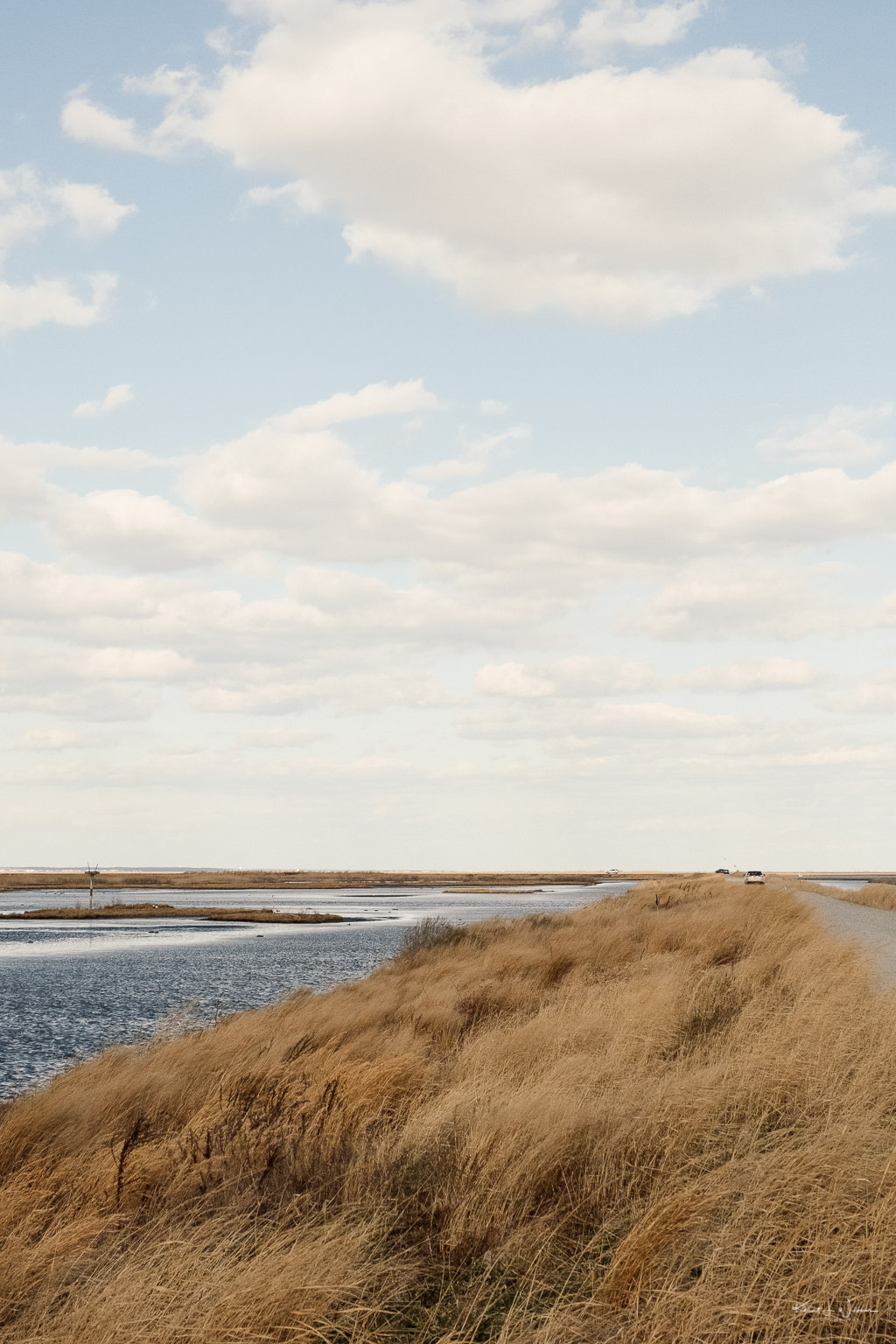
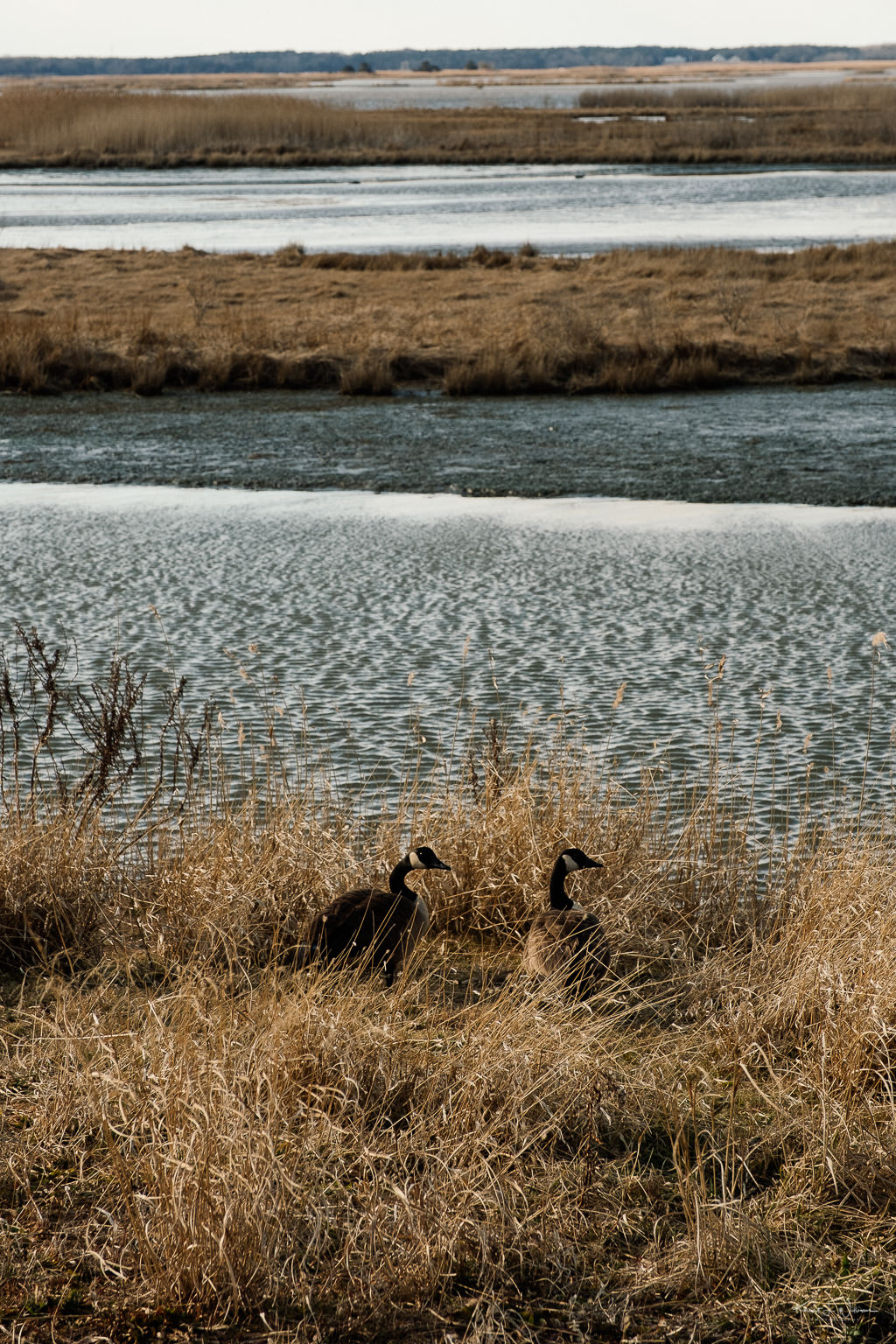
I had a roll of Rollei RPX 100 in my Minolta and alternated between exposing a few frames and shooting on my Fuji. But the winds grew stronger and colder, and the sun started to set. Photography became more challenging. I returned to the visitor centre, quickly ate the lunch I packed, and headed home.
